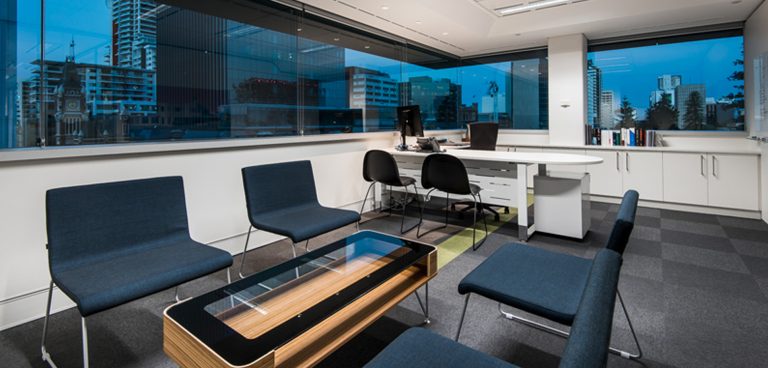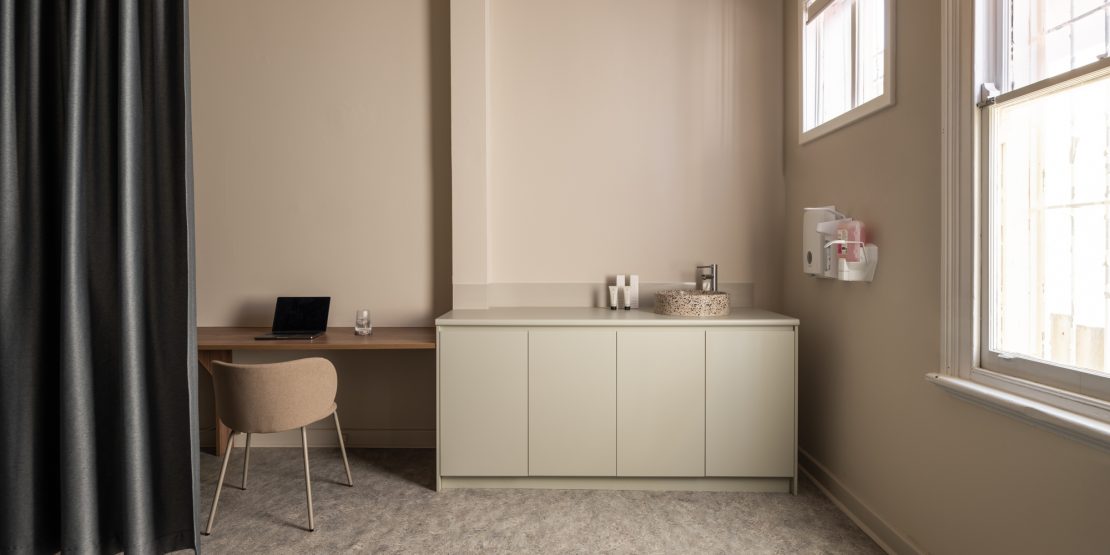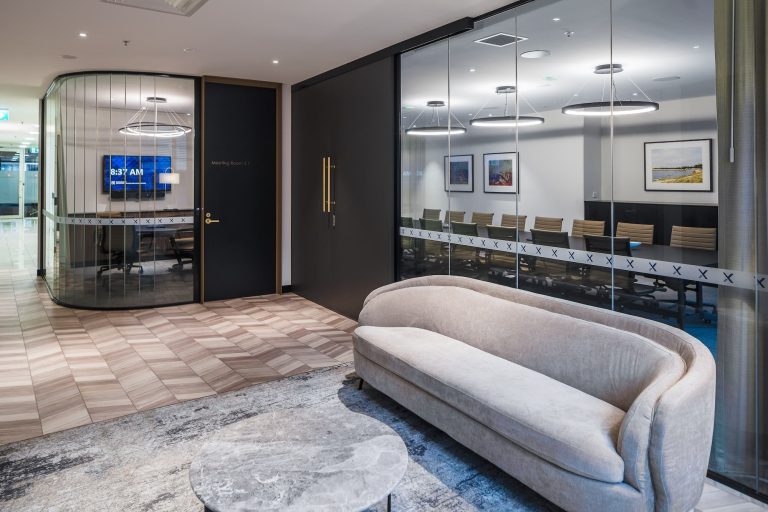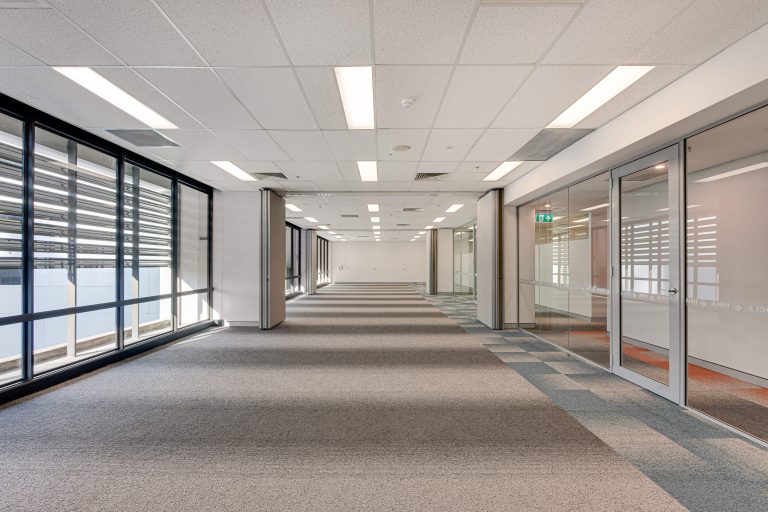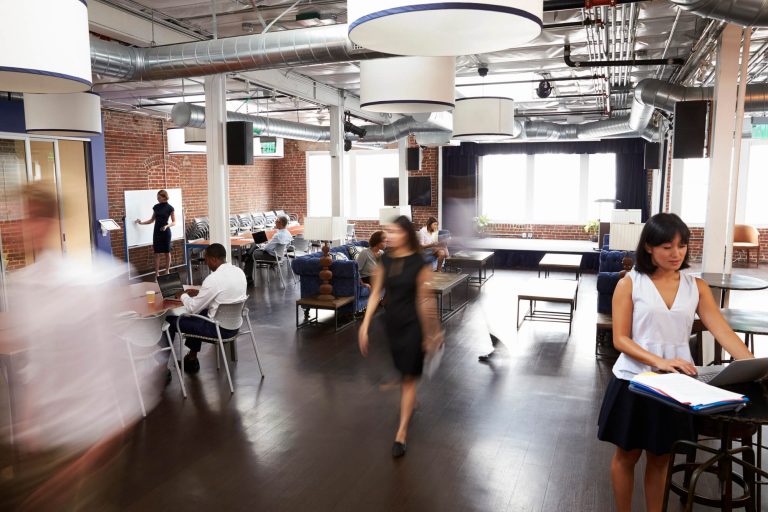In today’s modern office spaces, soundproofing has become a necessity rather than a luxury. This article will provide guidance on how to soundproof an office by discussing various methods and tips. The constant hum of activity, from phones ringing to co-workers chatting, creates an environment ripe for noise distractions. These sounds, although part of the daily office rhythm, can disrupt employee productivity and overall well-being. By implementing effective soundproofing solutions, you can transform your office setting into a quieter, more productive space that enhances employee focus and comfort.
Understanding Office Noise Reduction
Noise in an office comes in many forms and intensities, from subtle background noise to loud, distracting sounds. This noise pollution can negatively impact productivity, communication, and even the health of employees. Understanding the different types of noise and how they travel through an office space is the first step in learning how to soundproof an office effectively.
Types of Noise in an Office
Offices are filled with a variety of sounds that contribute to overall noise levels. Common sources include:
- Co-worker chatter: Conversations and interactions between colleagues can create a constant stream of background noise.
- Office equipment: Printers, computers, and fax machines generate mechanical noise, adding to the din.
- HVAC systems: Heating, ventilation, and air conditioning units often produce a low hum that permeates the office.
- External noise: Construction sites, traffic, or music from nearby businesses can seep into the workspace, disrupting focus.
This cacophony of sounds highlights the importance of implementing quality soundproofing techniques to absorb sound and reduce office noise pollution. Identifying these noise sources is crucial for understanding how to soundproof an office effectively.
Benefits of Limiting Noise Pollution in an Office
Reducing noise pollution in an office offers numerous benefits, significantly impacting employee productivity and well-being.
- Improved Employee Health: By limiting exposure to constant noise, stress levels and blood pressure can decrease, leading to a healthier work environment.
- Enhanced Productivity: Employees can stay focused on tasks without the distraction of unwanted sound, leading to increased efficiency.
- Better Communication: With fewer noise distractions, face-to-face interactions become clearer, fostering better collaboration and teamwork.
Understanding the benefits of noise reduction is a key part of learning how to soundproof an office.
Identifying Areas That Need Sound Absorption
Not all areas in an office require the same level of soundproofing. It’s crucial to assess where soundproofing will be most effective and impactful.
Office Areas That Need Sound Absorption
- Meeting Rooms: Privacy is key in meetings; soundproofing ensures conversations remain confidential and undisturbed.
- Private Offices: These spaces benefit from soundproof insulation to block out office noise, creating a focused working environment.
- Open Spaces: Large, open-plan offices can be particularly noisy; strategic soundproofing can help create quieter zones.
By identifying and addressing these areas, companies can ensure that their soundproofing efforts yield the best results for both employees and the business. Identifying these areas is a crucial step in learning how to soundproof an office effectively.
Assessing Noise Levels in the Office Space
To effectively implement noise reduction strategies, it’s important to first assess the current noise levels in your office space. Identify areas with high levels of background noise and distracting sounds, and evaluate how these noise levels impact employee productivity and overall office environment.
Assessing noise levels is an essential part of understanding how to soundproof an office.
Soundproofing Solutions
How to soundproof an office involves implementing various soundproofing methods and tips to reduce noise distractions and create a peaceful working atmosphere. There are numerous soundproofing solutions available, each suited to different parts of the office. Implementing a combination of these can drastically reduce noise levels and improve the office atmosphere.
Walls and Ceilings
- Acoustic Panels: Understanding how to soundproof an office includes knowing the best solutions for walls and ceilings. Installing sound absorbing panels on walls and ceilings is one of the most effective ways to reduce echo and absorb sound in an office. These panels are designed to trap sound waves, preventing them from bouncing around the room.
- Mass Loaded Vinyl (MLV): This dense, flexible material can be used as sound insulation in walls and ceilings to block unwanted noise from entering or leaving a room.
- Acoustic Ceiling Tiles: These tiles are another excellent solution for absorbing sound and reducing noise distractions, especially in offices with high ceilings.
Floors and Doors
- Acoustic Flooring: Learning how to soundproof an office also involves addressing floors and doors. Using materials like thicker carpets and underlays can help reduce impact sounds and overall noise pollution. Acoustic flooring materials are designed to absorb sound rather than reflect it.
- Soundproof Doors: Installing soundproof doors is essential in areas where loud noises are a concern. These doors prevent sound from travelling between rooms, creating a quieter environment.
Additional Soundproofing Solutions
Beyond the basics, exploring additional solutions is part of understanding how to soundproof an office comprehensively. There are other materials and techniques that can further enhance soundproofing in an office.
Mass Loaded Vinyl (MLV) for Sound Insulation
Mass Loaded Vinyl is a versatile soundproofing material that can be used on walls, ceilings, and floors. When learning how to soundproof an office, using Mass Loaded Vinyl is a key technique. Its dense nature makes it a highly effective sound barrier, and it’s also cost-effective and easy to install. MLV is particularly useful in reducing noise transmission between rooms, ensuring a quieter workspace.
Acoustic Bass Traps for Low-Frequency Noise Reduction
Low-frequency sounds, such as those produced by HVAC systems or external traffic, can be challenging to control. Acoustic bass traps are an important tool in understanding how to soundproof an office. They are designed to absorb these low-frequency sound waves, reducing their impact and improving overall sound quality in the office. They can be strategically placed in corners or along walls for maximum effect.
Fibreglass Insulation for Sound Reduction
Fibreglass insulation is a valuable technique in learning how to soundproof an office. It is a popular choice for reducing sound transmission between rooms. It’s a cost-effective solution that can be installed in walls, ceilings, and floors to improve soundproofing. This material not only helps with noise reduction but also provides thermal insulation, offering an added benefit in terms of energy efficiency.
Soundproofing with Furniture and Decor
Sometimes, the simplest solutions can have the most significant impact. Understanding how to soundproof an office includes incorporating furniture and decor as part of the strategy. Incorporating soundproofing elements into your office’s furniture and decor can help absorb sound and reduce noise distractions.
Upholstery and Furniture for Sound Absorption
Choosing the right upholstery and furniture is a key aspect of learning how to soundproof an office. Upholstered furniture, such as chairs and sofas, can serve as sound absorbers, reducing the amount of noise that bounces around the office. Choosing sound-absorbing materials for upholstery can further enhance this effect, contributing to a quieter workspace.
Plants, Foliage, and Living Walls for Air Quality and Aesthetics
Indoor plants and living walls are an innovative approach to understanding how to soundproof an office. They are not only aesthetically pleasing but also help absorb sound and improve air quality. The leaves and branches of plants can act as natural sound absorbers, reducing noise levels in an office. Living walls, in particular, can be used as soundproof barriers, adding a touch of nature while enhancing sound control.
Overcoming Soundproofing Challenges
While the benefits of soundproofing are clear, learning how to soundproof an office involves overcoming various challenges, particularly in terms of cost and material selection.
Initial Costs and Long-Term Benefits
Understanding the costs and benefits is crucial in learning how to soundproof an office. The initial investment in soundproofing can be significant, especially when opting for high-quality materials and professional installation. However, the long-term benefits, such as improved employee productivity, enhanced well-being, and even increased property value, far outweigh the upfront costs.
Finding the Right Materials and Expertise
Choosing the right soundproofing materials is crucial for achieving effective results. Finding the right materials and expertise is essential in understanding how to soundproof an office. Research different options, and consider consulting with acoustical experts or interior designers who specialise in soundproofing solutions. Their expertise can help you find the most suitable materials and techniques for your office setting.
Proper Installation for Effective Soundproofing
No matter how high-quality your soundproofing materials are, improper installation can render them ineffective. Proper installation is a key part of learning how to soundproof an office. Ensure that all soundproofing materials, from acoustic panels to soundproof doors, are installed correctly to maximise their impact. Professional installation is often recommended to guarantee the best results.
Implementing Office Noise Reduction Strategies
Implementing noise reduction strategies is part of understanding how to soundproof an office. Creating a quieter workspace involves more than just installing soundproofing materials; it requires a holistic approach to noise reduction.
Creating a Quieter Workspace
To create a truly quieter workspace, it is essential to understand how to soundproof an office effectively. Combine multiple soundproofing solutions. Use sound-absorbing materials, install acoustic panels, and consider adding soundproof office pods for individual workspaces. By addressing various sources of noise, you can create an office environment where employees can stay focused and productive.
Maintaining a Productive Office Environment
Once your soundproofing solutions are in place, understanding how to soundproof an office is crucial for maintaining a productive environment. Maintaining a productive office environment requires ongoing attention to noise control. Encourage employees to use noise-cancelling headphones in open-plan areas or take advantage of quiet spaces for focused work. Regularly assess noise levels and make adjustments as needed to ensure a consistently productive work environment.
Conclusion
Final Thoughts on Office Soundproofing
Office soundproofing is a crucial aspect of creating a productive and comfortable working environment. Learning how to soundproof an office is essential for reducing noise distractions and fostering a peaceful atmosphere. By understanding the different types of noise, identifying areas that need sound absorption, and implementing effective soundproofing solutions, you can significantly reduce noise pollution in your office. Whether it’s installing acoustic panels, using soundproof paint, or incorporating sound-absorbing furniture, each element plays a vital role in achieving the right balance of sound control.
Investing in office soundproofing not only enhances employee productivity and well-being but also contributes to a more professional and polished workspace. If you’re ready to transform your office into a quieter, more focused environment, Perth Citi Fitouts is here to help. Our team of experts can guide you through the process of office fitouts, from choosing the right materials to ensuring proper installation. Contact us today to learn more about our soundproofing solutions and how we can help create the perfect working environment for your team.
